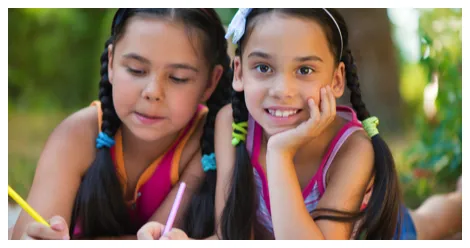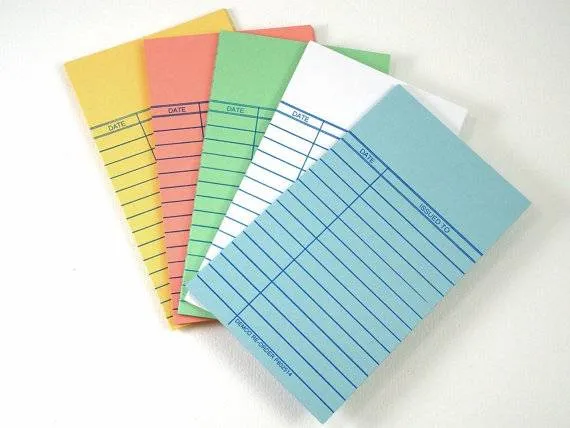
How I Created a Classroom Library (Complete with Student Librarian)
There are few things that please me more than bringing loads of awesome books to school for my classroom library and seeing my students get excited to check them out. There are few things that irk me more than seeing those books disappear and not knowing where to even start tracking them down again. My solution this past school year? An informal library-type check-out system with cards and little pockets in each book. You know. This thing:
 I put one of these in a pocket at the back of each book, and at the beginning of the school year, I assigned the role of classroom librarian to the student who seemed most competent at the time. I then instructed the class on the simple process of checking out a book:
I put one of these in a pocket at the back of each book, and at the beginning of the school year, I assigned the role of classroom librarian to the student who seemed most competent at the time. I then instructed the class on the simple process of checking out a book:
 I put one of these in a pocket at the back of each book, and at the beginning of the school year, I assigned the role of classroom librarian to the student who seemed most competent at the time. I then instructed the class on the simple process of checking out a book:
I put one of these in a pocket at the back of each book, and at the beginning of the school year, I assigned the role of classroom librarian to the student who seemed most competent at the time. I then instructed the class on the simple process of checking out a book:
- Start reading it in school to see if they like it, and if they want to take it home or hang on to it for an extended time, they write their name on the line where indicated and the date they borrowed the book (rather than the due date).
- Then, they would give their card to the librarian, who would keep track of them and reunite cards with books whenever they were returned.








